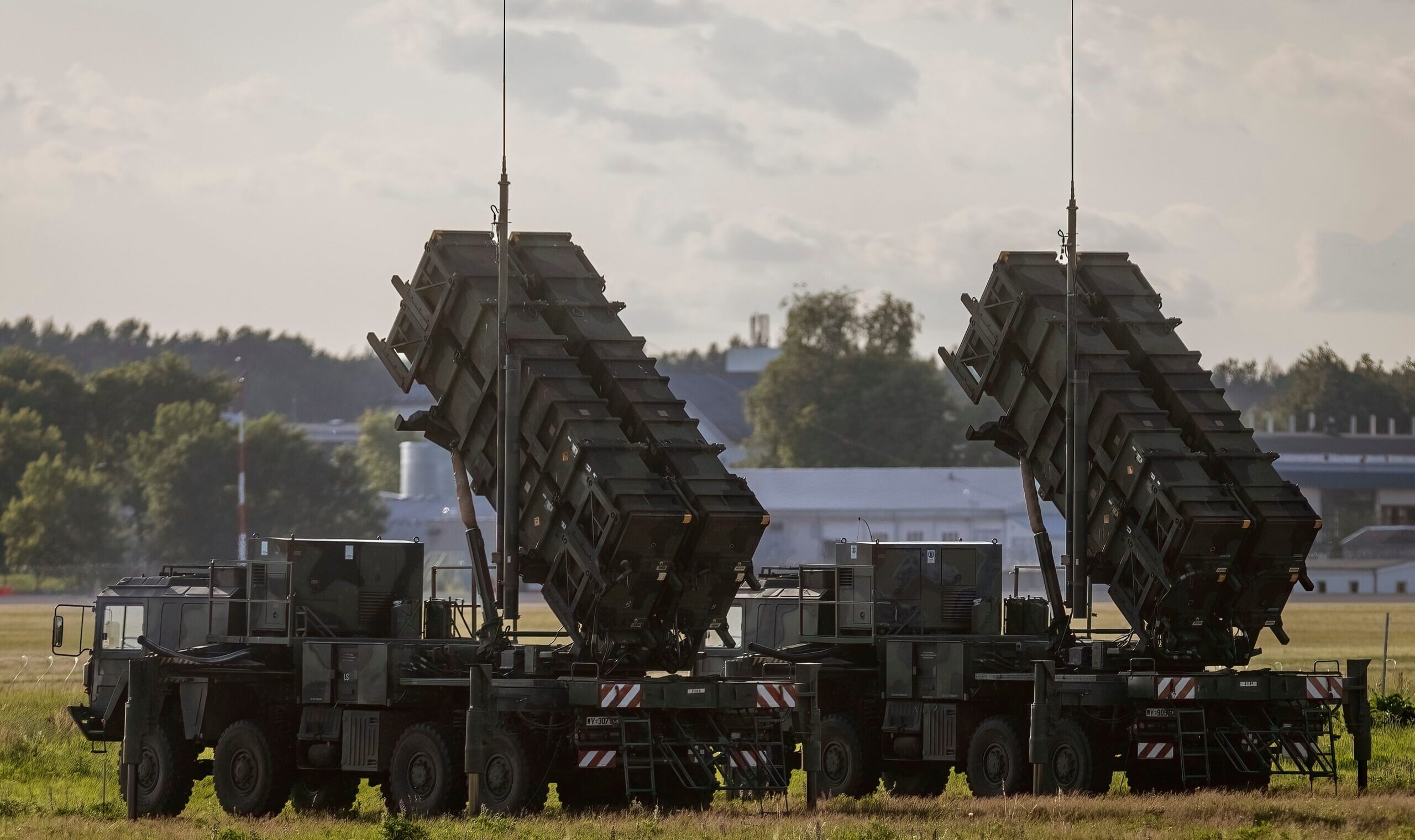To Protect America, Fix our Defense Industrial Base
Simple steps would bring significant economic benefits for manufacturers, veterans, and young people.

U.S. jets are hammering Houthi targets in Yemen. The campaign is meant to stop Houthi attacks in the Red Sea, which began in October 2023 after the start of the Israel–Hamas war. Since then, the Eisenhower Carrier Strike Group alone has expended over 770 munitions to degrade and deter the Houthis. That number includes 155 Standard-series missiles—almost as many as the U.S. produces each year.
At a time when the U.S. faces a threat environment worse than anything it’s seen since WWII, this should serve as a stark reminder of the sheer inadequacy of the American defense industrial base (DIB).
Increasing DIB output isn’t just a strategic necessity, but an economic opportunity. Workers, including veterans and young people, can benefit from an increased number of manufacturing jobs—if the federal and state governments take the steps necessary for such an industrial program to succeed.
In order to create defense manufacturing jobs, it is important to realign the DIB’s broken incentive structure, a proposition outlined in a recent report, co-authored by me, from The Heritage Foundation.
As we explain in the report, the congressional appropriations process is inconsistent, which creates unpredictability for industry. This inconsistency deters defense manufacturers from investing in new manufacturing capacity and workers.
One way to create a sustained demand signal is for Congress to authorize an output-based grant program. Under such a scheme, the Department of Defense (DoD) would set target production capacity numbers per year. Whenever procurement fell short of the target capacity for a given year, the DoD would issue a grant covering the fixed costs involved in maintaining latent capacity.
For example, if the DoD wanted a manufacturer to produce 300 Tomahawk missiles in a year, but it only ordered 250 in a given year, it would grant the manufacturer an amount equal to the costs associated with maintaining the latent capacity to produce the 50 unordered missiles. This would mean that the manufacturer wouldn’t lose money by maintaining that latent capacity, removing the incentive to reduce—and in the future not build—new capacity and workforce.
But creating new jobs in the defense manufacturing base won’t achieve much if there aren’t workers to fill them. Currently, the U.S. suffers from a significant shortage of workers for the manufacturing base—something partially attributable to the decay of America’s educational system.
Solving this problem requires training more workers and restoring accountability to post-secondary education, especially in trades and degrees relevant to the defense industrial base.
One way to do this is by states adopting returned-value formulas. Such formulas, already in use by the Texas Technical College system, distribute funding based on student outcomes like post-graduation earnings. By structuring school funding this way, states can incentivize educational institutions to teach the skills most relevant to success in the workforce—something that would benefit both workers and job creators.
Another way to ensure there are enough skilled workers for the DIB—and also to help veterans—is by improving SkillBridge, a DoD program that eases transition to civilian life by allowing members of the military to work and acquire skills at approved private companies toward the end of their service.
Currently, companies aren’t allowed to reimburse servicemembers for housing or transportation relevant to participation in SkillBridge unless all their workers are offered that benefit. This biases participation in SkillBridge to companies located near military bases.
SkillBridge should be revised to allow employers to reimburse SkillBridge participants for costs associated with participation. This will not only increase the size of the defense industrial base workforce, but also increase veteran employment.
In the DOGE era, minimizing taxpayer burden is vital. Fortunately, both widespread adoption of returned-value formulas at the state level and SkillBridge modifications are cost-neutral and pro-growth. And while output-based grant programs may entail some short-term costs, the long-term savings from increased predictability will at least partially (if not fully) offset those costs.
The economic benefits that these changes would provide would be in addition to the national security advantages. In an increasingly perilous world, it’s paramount that the U.S. fosters a DIB capable of providing for America’s defense.
However, success in this endeavor hinges on action by policymakers to fix the DIB’s broken incentive structure and fix America’s broken education system. To protect our country, we must do better.
The post To Protect America, Fix our Defense Industrial Base appeared first on The American Conservative.

